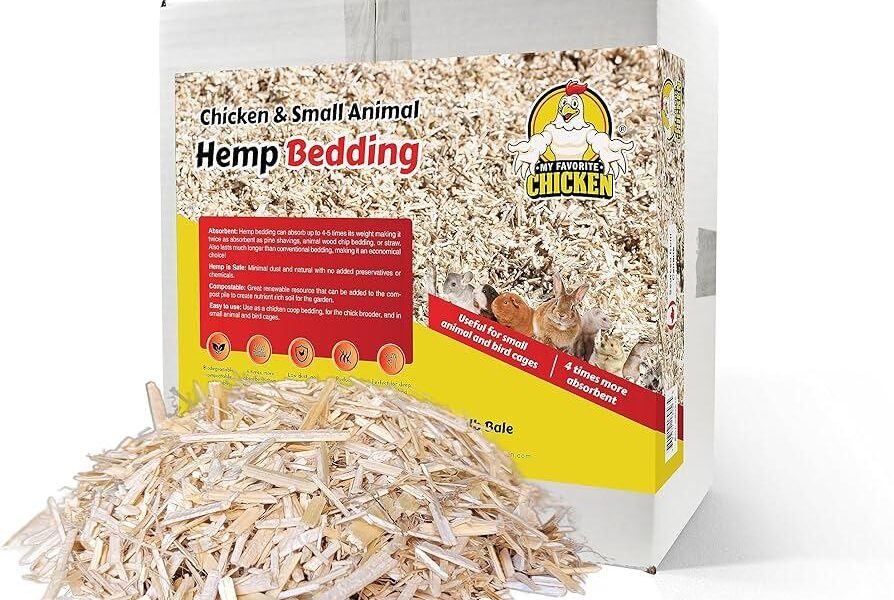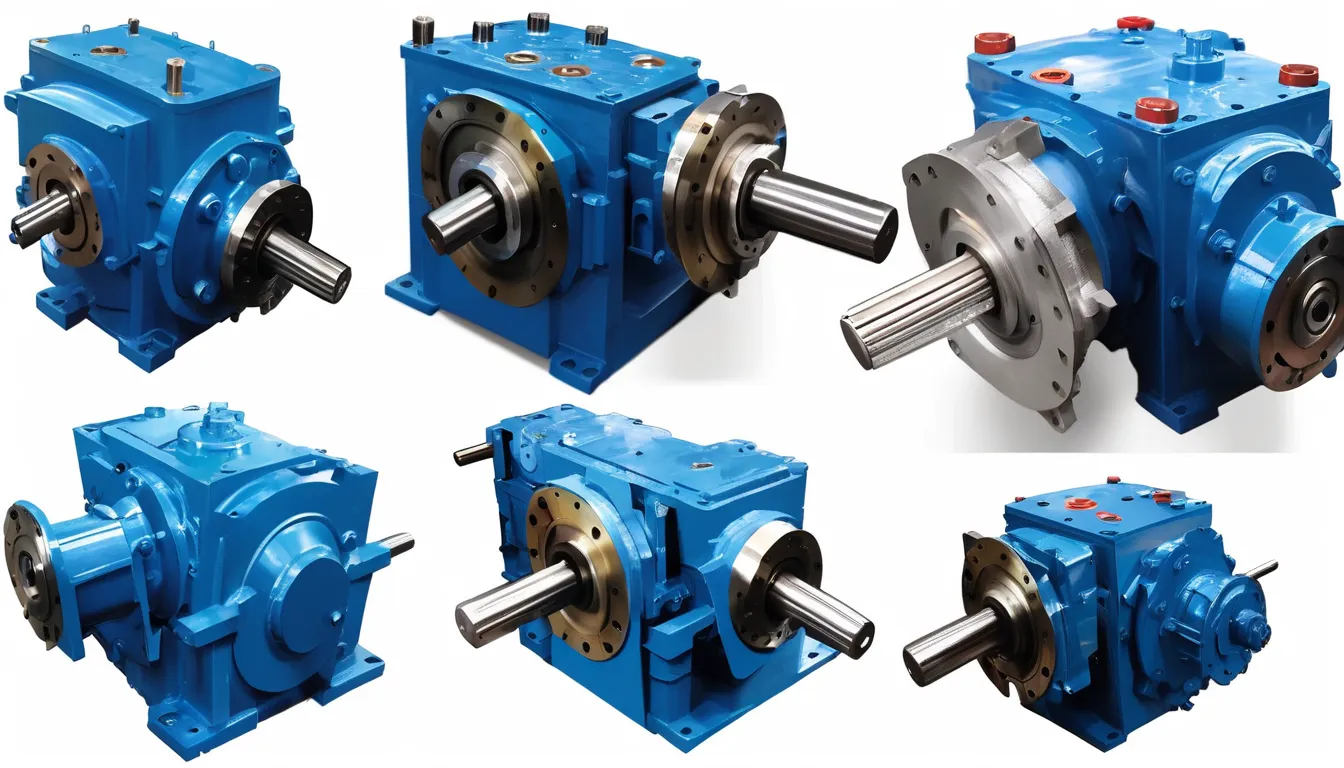Hemp Bedding vs. Traditional Bedding: Which One Is Better?
When it comes to selecting bedding for your pets, the choices can be overwhelming. Whether you’re caring for small mammals like guinea pigs or larger animals such as horses, bedding plays a crucial role in creating a safe, clean, and comfortable environment. Among the many options available, hemp bedding has emerged as a sustainable, eco-friendly alternative to traditional bedding materials like wood shavings, straw, and pellets. But which one is truly better for your pet and the planet? Let’s break down the key differences to help you decide.
What is Hemp Bedding?
Hemp bedding is made from the fibers of the hemp plant, a fast-growing, highly renewable resource. The bedding is produced by processing the fibrous stalks of the hemp plant into a soft, absorbent material that is non-toxic and biodegradable. Hemp bedding can come in various forms, including shredded fibers, pellets, and softer, fluffier textures, depending on the needs of your pet.
The unique properties of hemp bedding, such as its exceptional absorbency and natural odor-control abilities, make it a popular choice for pet owners looking for healthier, more sustainable alternatives to traditional bedding materials.
What Are Traditional Bedding Options?
Traditional bedding options generally include materials such as:
-
Wood Shavings: These are one of the most common bedding choices for small animals. They are affordable and widely available, but they often come with downsides such as excessive dust and strong aromas.
-
Straw: Straw is often used for larger animals like horses. It’s readily available and inexpensive but can be less absorbent than other bedding options, requiring more frequent cleaning.
-
Pellets: Made from compressed materials like wood or paper, these pellets are designed to absorb moisture and control odors. However, they can be harder on sensitive animals’ skin.
Each traditional bedding material has its pros and cons, which is why many pet owners are turning to Hanfeinstreu Pferd bedding as a superior alternative.
Hemp Bedding vs. Traditional Bedding: Key Comparisons
1. Absorbency
One of the biggest factors to consider when choosing bedding is how well it absorbs moisture and controls odors. Hemp bedding excels in both of these areas.
-
Hemp: Known for its exceptional absorbency, hemp bedding can absorb several times its weight in moisture. It traps urine and waste efficiently, keeping your pet’s living area dry and clean. This helps reduce the risk of bacteria growth and promotes a healthier environment for your pet.
-
Traditional Bedding: While materials like wood shavings and straw do absorb moisture, they often require more frequent changes to maintain a dry, clean living space. Wood shavings, for example, can absorb moisture, but they tend to break down quickly, leading to a wet and unpleasant environment if not changed regularly.
Winner: Hemp bedding for its superior absorbency and long-lasting moisture control.
2. Odor Control
A clean-smelling environment is vital for both pets and pet owners. Hemp bedding naturally controls odors, thanks to its ability to trap moisture and neutralize smells, thanks to its natural properties.
-
Hemp: The high absorbency of hemp bedding means it doesn’t need added chemicals to control odors. It also has natural antimicrobial properties that help prevent the growth of bacteria and fungi, reducing the occurrence of odors caused by waste.
-
Traditional Bedding: Wood shavings and straw can be effective at controlling odor, but they may not be as long-lasting. Many wood-based products may emit a strong, often overwhelming scent that doesn’t always neutralize the smell of waste effectively. Pellet bedding may be better at odor control, but it still needs regular cleaning to keep odors at bay.
Winner: Hemp bedding for natural, long-lasting odor control without the need for artificial fragrances or additives.
3. Dust and Allergens
Pets, especially small animals, are particularly vulnerable to respiratory issues caused by dust and allergens in their bedding. When comparing hemp bedding to traditional materials, dust-free bedding is crucial.
-
Hemp: One of the most notable benefits of hemp bedding is that it is virtually dust-free. This means fewer particles are in the air, reducing the risk of respiratory problems, especially for small animals like rabbits, guinea pigs, and hamsters, whose lungs are more sensitive. The hypoallergenic nature of hemp bedding also means it’s less likely to irritate your pet’s skin or respiratory system.
-
Traditional Bedding: Wood shavings can produce dust, especially when handled or disturbed, which can irritate your pet’s airways. This can be problematic for animals that are prone to respiratory issues. Straw is often dusty as well, and while pellet bedding can be less dusty, it still doesn’t compare to hemp in terms of air quality and hypoallergenic properties.
Winner: Hemp bedding for being dust-free and hypoallergenic, making it safer for sensitive pets.
4. Eco-Friendliness
If sustainability is important to you, hemp bedding offers several environmental benefits that traditional bedding materials simply cannot match.
-
Hemp: Hemp is a sustainable, renewable resource that requires little water and no harmful pesticides to grow. It’s also biodegradable, meaning it breaks down naturally and doesn’t contribute to landfill waste. Hemp plants can grow in poor soil conditions, and their cultivation even helps improve soil health, making them a great option for eco-conscious pet owners.
-
Traditional Bedding: Materials like wood shavings can contribute to deforestation, especially when sourced from unsustainable logging practices. Straw is renewable but still requires a significant amount of land and water. Pellet bedding, while made from compressed sawdust or paper, may still contribute to waste, especially if it’s sourced from non-recycled materials.
Winner: Hemp bedding for its environmentally friendly production and its ability to decompose naturally.
5. Cost-Effectiveness
While hemp bedding tends to be more expensive upfront compared to traditional bedding options, its long-lasting properties can make it more cost-effective in the long run.
-
Hemp: Because of its superior absorbency and ability to control odors, you will need to replace hemp bedding less frequently than traditional materials. This means you’ll spend less over time on cleaning supplies and replacements.
-
Traditional Bedding: Wood shavings, straw, and pellets often require more frequent changes and larger amounts of bedding to keep the living space clean. Over time, this can add up, making traditional bedding less cost-effective compared to hemp.
Winner: Hemp bedding for being more economical in the long term due to its durability and efficiency.
Conclusion: The Better Choice for You and Your Pet
When it comes to providing your pets with a clean, comfortable, and healthy living environment, hemp bedding clearly outshines traditional bedding options in several key areas. Its exceptional absorbency, natural odor control, dust-free nature, and eco-friendly production make it the best choice for both your pet’s health and the planet.
While traditional bedding materials like wood shavings or straw may seem like affordable, widely available options, they simply don’t offer the same level of comfort, sustainability, or health benefits as hemp bedding. If you’re looking for a bedding material that works harder for you, your pets, and the environment, hemp bedding is undoubtedly the superior choice. So, give your pets the best care with the natural and effective power of hemp bedding.



